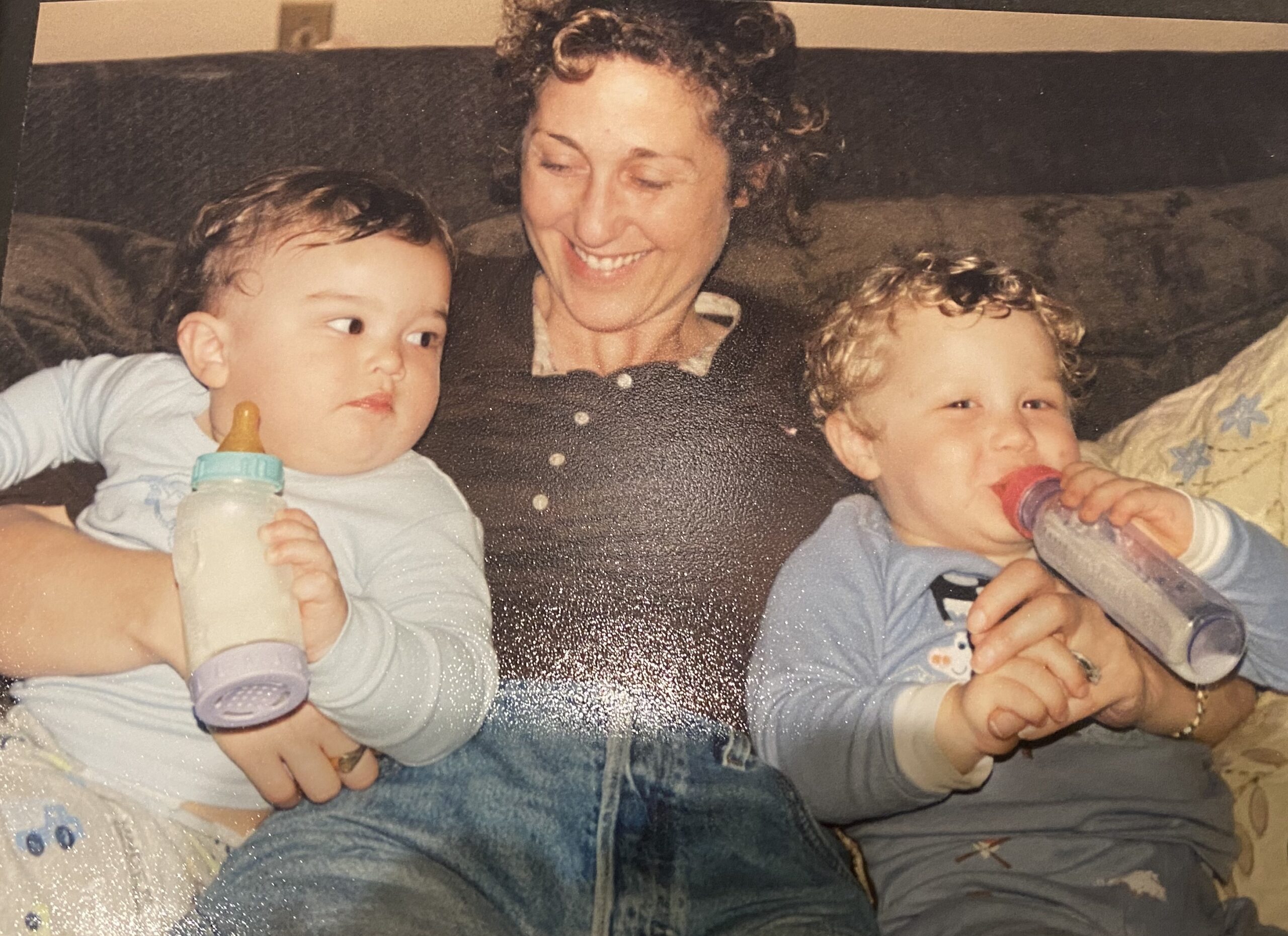
Cynthia Overton, Director of Tech Workplace Initiatives, Kapor Center
I sent this message to members of Diversity Advocates and Our Collective to encourage organizations to reflect on inequities in the workplace as they issue statements about the racial injustices that are fueling demonstrations.
Friends,
A number of Our Collective and Diversity Advocates members have shared concern and compassion about injustices against the Black community following the recent killing of George Floyd at the knees of police. Many are in search of ideas to take back to their leadership teams to help them demonstrate a stance against such injustices and express support for Black colleagues in the workplace.
I expect to see a flood of statements that reflect such sentiments soon. If you are part of this process, my hope is that your input acknowledges the realities of the underlying problem that has led to recent tragedies.
The killings of George Floyd, Ahmaud Arbery, Breonna Taylor, and countless other Black people are horrific symptoms of a society that assigns the value of one’s life and the privileges they experience to skin color.
This dates back to America’s history of slavery followed by a slew of race-based discriminatory laws and policies. Symptoms of race-based treatment are prevalent in society at large, as with the recent killings, and even the aggressions against Christian Cooper, while watching birds in Central Park and Omar Jimenez, reporting live on air for CNN. But these symptoms also persist in the workplace, with unfair treatment of Black colleagues.
As your company reacts to the social injustices fueling current demonstrations, it will have to make a decision. Its actions will either 1) help sustain the cycle of social injustice or 2) take action to put an end to it by taking a hard look in the mirror. What could this look like? Here are a couple of scenarios:
- A PR approach that is, for the most part, limited to acknowledging the events, expressing concern, and reiterating a commitment to diversity and inclusion. This is the more comfortable option for people with privilege. It will make leadership feel good and even relieved that they spoke up about the issue. This approach will help placate White colleagues who sympathize with their Black coworkers and other people of color in the workplace. And it will minimize risk of retaliation from those who harbor anti-black feelings. The downside of this approach is that it trivializes the experiences of Black talent in your workforce and signals to them and other people of color to expect more of the same from leadership. It also does nothing to change systems and practices of exclusion.
- An honest approach that acknowledges race-based injustices, identifies symptoms of these injustices that exist in the workplace (where your leaders have the most influence), and takes action to address these symptoms. This is the more uncomfortable option for people living with privilege. It forces leadership to acknowledge that injustices occur on their watch. It will reveal the role of privilege in hiring, compensation, job assignments, staff management, performance reviews, rewards and recognition, and promotions. And it will likely lead to pushback from those with anti-black views. The upside is that it involves your company taking responsibility for doing what is within its control to advance social justice for Black talent. True leadership will emerge from this moment in time, and legacies will be defined.
Public relations and communications professionals have the first approach covered, so there’s no need for me to explore this further. But for those who will advocate that your company take the second approach, here are some symptoms of race-based injustices to consider in your workplace:
Six Symptoms of Race-Based Injustices In Your Workplace
Symptom 1: Workforce demographics don’t come close to reflecting those of the country or of local communities. From drawing on the same source for talent to referral bonus programs that block underrepresented talent to anti-blackness views, bias in the hiring process is real. What has your company done to eliminate it? What have your leaders done to create multiple pathways into jobs in your company to circumvent larger societal inequality?
Symptom 2: Leaders and managers are not held accountable for operating fairly and impartially. The woman who walked toward Christian Cooper in Central Park and threatened to call the police to tell them that her life was being threatened by an African American man does not identify as a racist. Yet, she was keenly aware of society’s preconceived notions of Black people and felt empowered to use the privilege afforded by her race to get what she wanted. How many managers with Black reports in your work environment share her mindset? You can’t capture on video how race plays into performance reviews, job assignments, compensation, and promotion decisions. But its presence is obvious when you consider how Black employees fare compared to colleagues born into privilege.
Symptom 3: Black talent is passed over for prime job assignments and promotions. It’s well known within the Black community that you have to be twice as good just to be perceived as average in the workplace. If Black talent is being overlooked in your organization for in-demand job assignments and promotions, do leaders think it’s really due to inferior performance, or could this be tied back to symptom 2?
Symptom 4: Black employees are underpaid compared to others doing comparable work. A salary review and if needed, salary adjustment, can address this issue. If department funds are not available to fix disparities, is combating racial injustice important enough to reallocate funds set aside for executive bonus programs?
Symptom 5: Black employees are overrepresented on your layoff list. If your Black population doesn’t reflect that of the country and they meet or exceed job expectations, should there really be any Black people on the layoff list? It’s also worth considering how layoffs of Black employees contribute to inequalities already faced in their communities.
Symptom 6: Diversity and inclusion (D&I) professionals and members of employee resource groups (ERGs) are expected to remedy the injustices that coworkers and managers are responsible for perpetuating. The reach of many D&I professionals and members of ERGs rarely extends beyond that of creating initiatives, awareness building, and advising. Senior leaders are the ones who hold the power to eliminate racial inequities in the workforce. Though D&I professionals and ERG members play an important role in helping, they don’t have the organizational authority required to do the job of a senior leader.
As you consider the messaging that you’d like your organization to send, please keep in mind that:
-
- This list is just a starting point to help you reflect on symptoms of racial injustices in your workplace. For more ideas, start a conversation with your colleagues, tap into employee resource groups, seek references for D&I consultants, and turn to external resources grounded in research like the Tech Leavers study. Readings like The Case for Reparations, The New Jim Crow, and The Warmth of Other Suns address historical events that have fueled racial injustices and offer insights on the hardships and pain that Black folks have endured as a result.
- I suggest examining what’s happening internally within your organization as a starting point, but recognize that there may be an interest in providing immediate assistance to the community. A host of organizations with a history of addressing symptoms of racial injustices against Black people in broader society would welcome your support. Some of my favorites include Raheem, Color of Change, Black Lives Matter, and SMASH.
- Being honest about injustices in the workplace and addressing them for Black people has implications for other populations on the receiving end of unfair treatment. Please consider how your organization’s practices impact all people of color and other marginalized individuals–especially as so many are now carrying the extra burden of stepping up as allies to support the Black community.
Thank you for the work that you’ve done, and the work that you will continue to do in an effort to combat anti-blackness in the workplace and throughout our broader society. I’m here to connect 1:1 if you need me.
In friendship,
Cynthia








